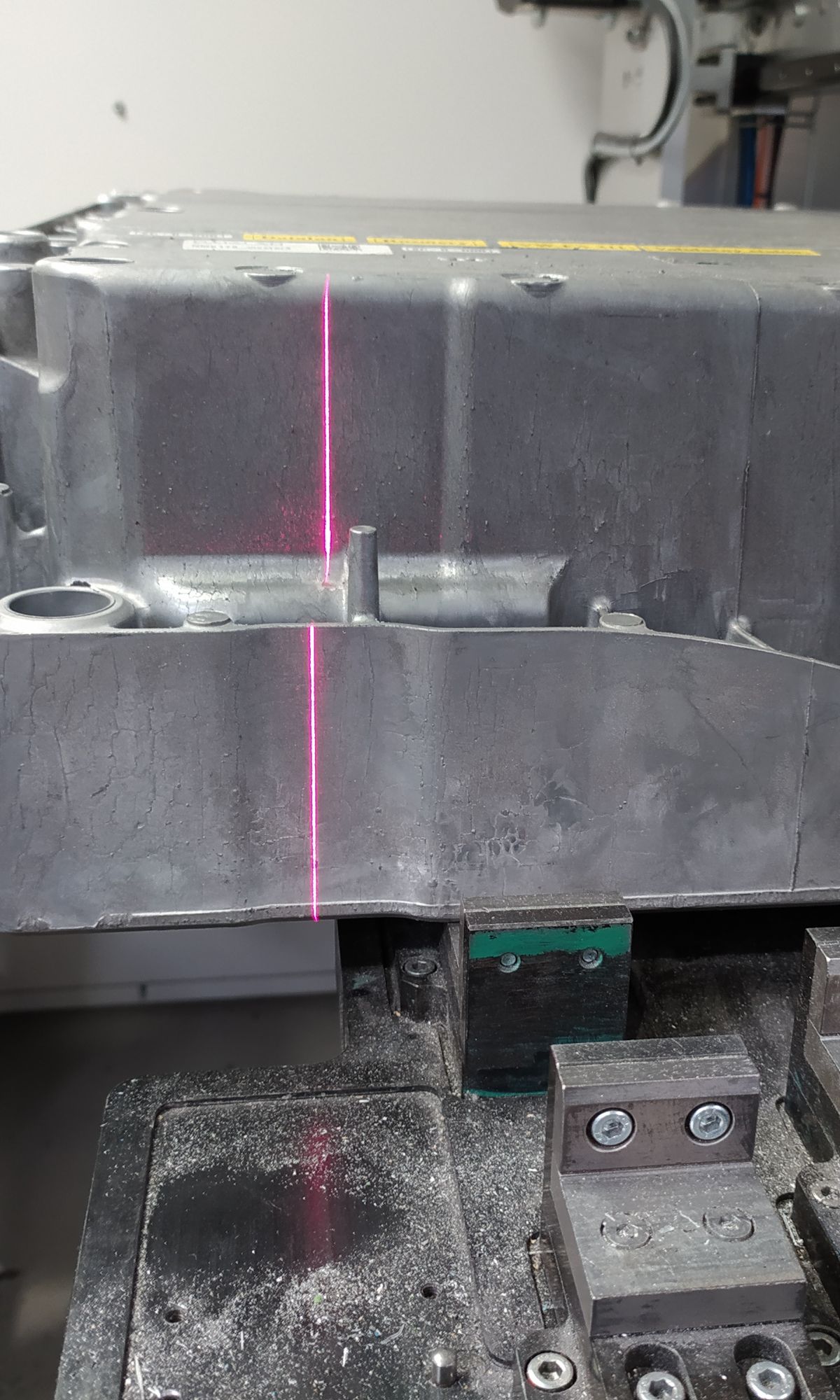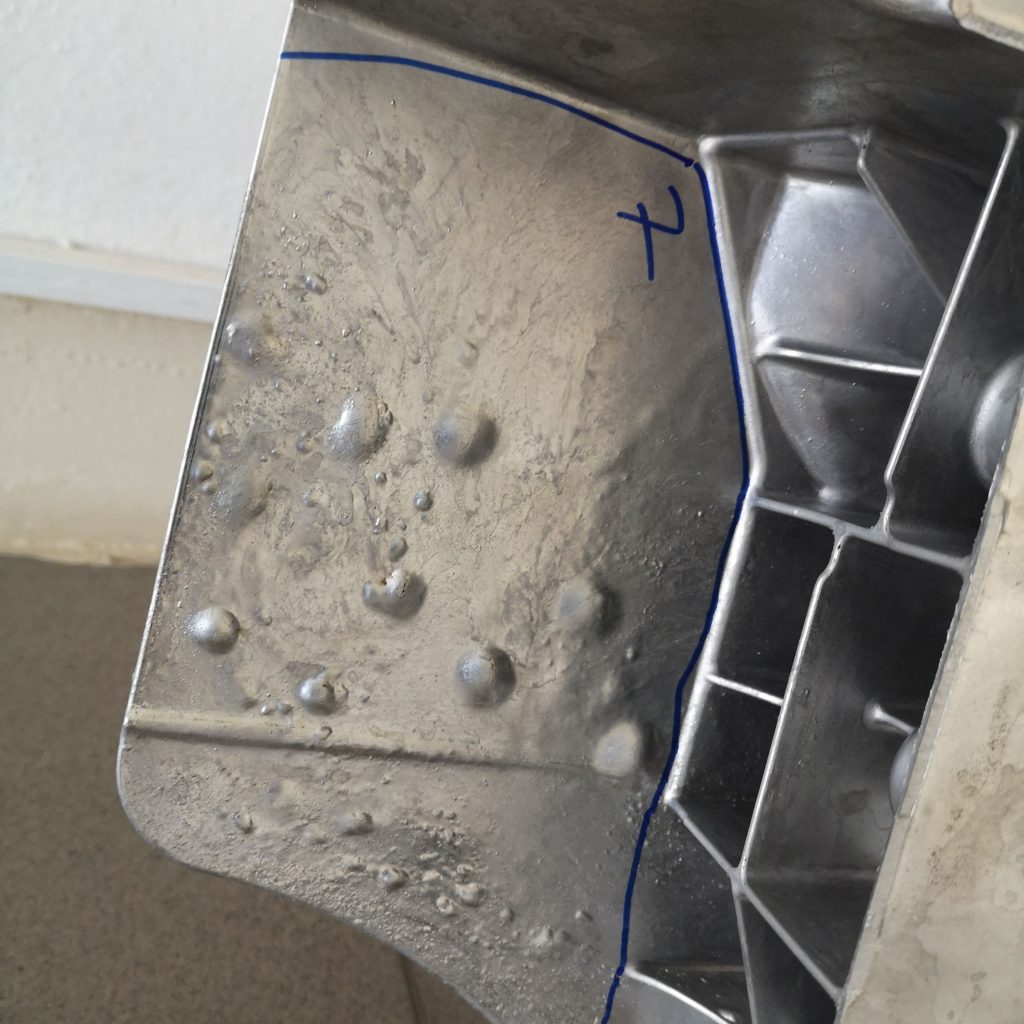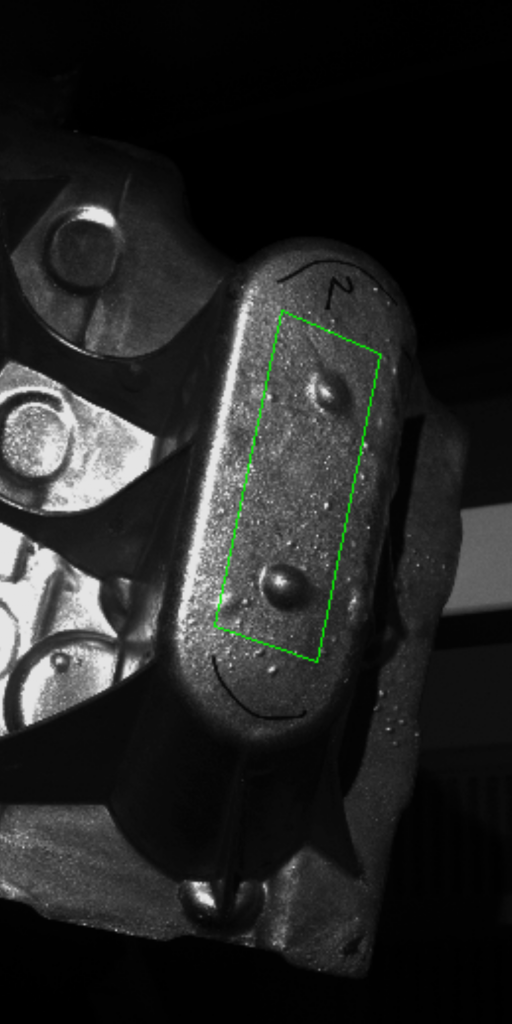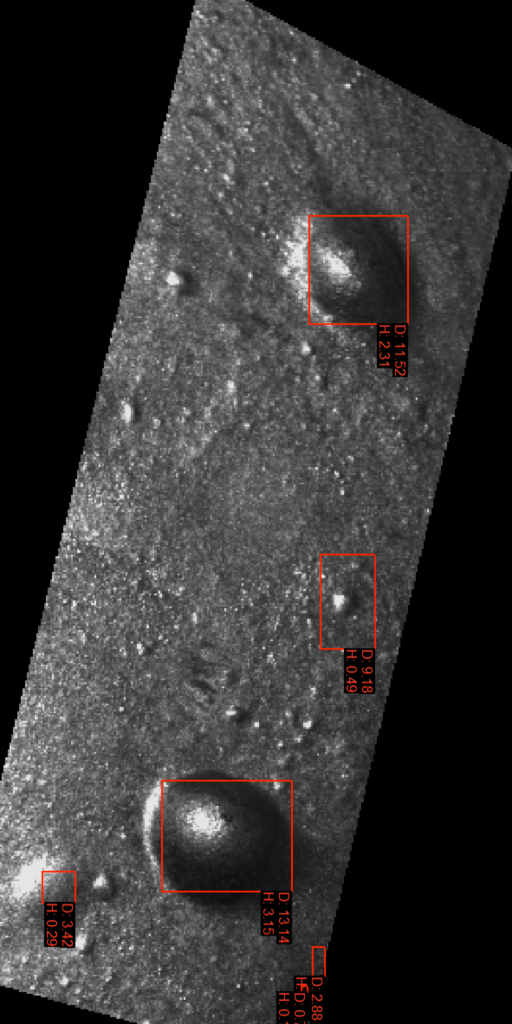Understanding Surface Shape Defects: An Overview
3D scanning technology plays a pivotal role in identifying and evaluating surface shape defects. Its versatility allows for two primary applications:
- Precise Detection of Surface Irregularities: This involves identifying defects in various materials characterized by height or depth variances. It is most suitable for rough surfaces from casting and forging manufacturing processes.
- Accurate Flatness Inspection: The technology is adept at rapidly assessing the flatness of partial or entire product surfaces, ensuring they meet quality standards. It is most suitable for smooth surfaces created by machining or pressing operations.



Detection Capabilities
- Blisters on die castings
- Hit or bent places
- Unfilled places on the castings
- Porosity, missing material
- Flatness of selected surfaces
- Shape deviations
- Scratches, cracks
- Deformations and shape deviations
- Dents, dings, pits
- Blisters
- Cold shuts, misruns, lunkers
- Laps and folds
- Ejector marks
- Flashes and overflows
- Flatness of selected surfaces
How does it work?
Based on the customer needs and application, we choose the proper hardware (laser scanning sensors or 3D snapshot sensors). After signals are received from the sensors, we develop height map. With our well designed algorithms we are able to evaluate the surface defects (based on the height differences) or flatness defects (based on the surface angles) basically in real-time.


What products can be inspected
This list highlights the most common parts inspected by our technology, but it’s not exhaustive. If your part isn’t mentioned, please contact us to discuss potential inspection solutions.
- Gearboxes and powertrain castings
- EV stator housings
- Clutch discs and assemblies
- Bearings and shafts
- Brake discs / rotors
- Chassis components and subframes
- Cylinder heads
- Engine blocks
Benefits
- Configuration without the need of CAD template
- Flexible inspection of complete portfolio in one system
- Maximum flexibility for future products
- Inspection during movement
- Provides comprehensive statistical processing of results
System Parameters
Resolution:
from 0,0018 mm
Scanning speed:
up to 1 000 mm / s
Size of the smallest detectable depth defect:
from 50 µm (depending on the application)
Inspection capability:
On-demand. We will provide you the feasibility study for free.






















